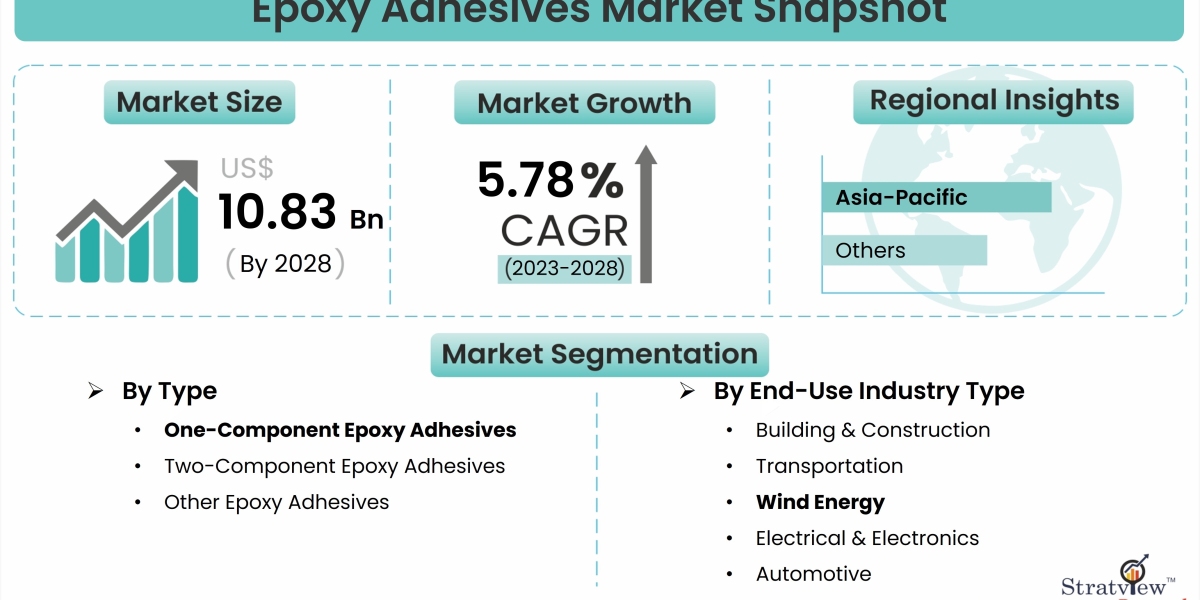In today’s fast-paced and interconnected global economy, supply chain management (SCM) has become a critical function for businesses across industries. SCM encompasses all the steps involved in sourcing raw materials, manufacturing products, and delivering finished goods to customers. However, managing these processes efficiently requires a deep understanding of the core elements of SCM. Optimizing each element ensures a seamless flow of goods and services, which translates to better cost efficiency, reduced lead times, and improved customer satisfaction.
Incorporating advanced tools like thouSense into the SCM process allows businesses to leverage the power of AI and predictive analytics to fine-tune operations. By focusing on the critical elements of SCM, companies can overcome modern challenges and future-proof their supply chain strategies. Let's explore these core elements and how thouSense adds value to each.
Procurement and Supplier Management
Procurement is one of the most foundational elements of supply chain management. This stage involves identifying reliable suppliers, negotiating contracts, and ensuring that the materials required for production are available when needed. Effective procurement and supplier management are crucial because any disruption in the supply of raw materials can have a cascading effect on the rest of the supply chain.
Using thouSense, businesses can streamline their procurement processes by analyzing supplier performance, identifying risks, and making data-driven decisions to secure the best suppliers. For example, thouSense can predict potential disruptions in supply by tracking trends, enabling businesses to switch suppliers or stockpile critical materials before a shortage occurs. This helps avoid delays and keeps the production line moving.
Sourcing Strategies
The sourcing strategy directly impacts the overall efficiency of a company’s supply chain. Whether a business opts for multi-sourcing to mitigate risks or single-source contracts for cost efficiency, these decisions must be backed by solid data. thouSense helps businesses evaluate sourcing strategies by providing insights into supplier reliability, market conditions, and cost structures. These insights allow companies to make informed decisions that balance risk with operational needs.
Manufacturing and Production
Manufacturing is at the heart of supply chain management. Once raw materials are sourced, the next critical element is transforming them into finished products. Efficient manufacturing ensures that production schedules are aligned with customer demand, minimizing downtime and preventing excess inventory buildup.
thouSense plays a key role in optimizing production processes by predicting demand patterns and aligning manufacturing schedules accordingly. This reduces the chances of stockouts or overproduction, ensuring that businesses can meet customer demand without incurring unnecessary costs. For instance, thouSense can identify potential bottlenecks in the production process and suggest corrective measures before they lead to significant delays.
Inventory Management
Inventory management is a crucial aspect of any supply chain. Maintaining the right balance between stock levels and demand is essential to ensure operational efficiency. Too much inventory ties up capital, increases storage costs, and risks obsolescence. On the other hand, too little inventory can result in missed sales opportunities and dissatisfied customers.
With thouSense, businesses can gain real-time visibility into their inventory levels and forecast demand more accurately. This AI-driven approach ensures that companies have just the right amount of stock on hand to meet customer needs without overburdening their warehouses. By predicting demand fluctuations, thouSense helps prevent stockouts and minimizes excess inventory, leading to a more cost-effective and streamlined supply chain.
Logistics and Distribution
Logistics is another critical element of supply chain management that involves the transportation and storage of goods. Effective logistics management ensures that products are delivered to customers on time and at the lowest possible cost. Logistics encompasses everything from warehousing to transportation, and it plays a pivotal role in meeting customer expectations.
By integrating thouSense into logistics operations, businesses can optimize delivery routes, minimize transportation costs, and reduce delivery times. thouSense uses data from past logistics operations to predict potential disruptions and suggest alternate routes or contingency plans. This proactive approach ensures that products reach their destination on time, even in the face of unforeseen challenges like bad weather or road closures.
Distribution Channels
The choice of distribution channels can greatly impact supply chain performance. Businesses must decide whether to sell directly to consumers, work with wholesalers, or rely on retailers. Each distribution channel has its own set of advantages and challenges, and selecting the most appropriate one depends on factors like market demand, product type, and cost structure.
thouSense helps businesses evaluate the performance of different distribution channels by analyzing sales data, customer feedback, and market trends. With these insights, businesses can fine-tune their distribution strategies to ensure that they are delivering products most efficiently and cost-effectively.
Demand Forecasting and Planning
One of the most critical elements of supply chain management is demand forecasting. Accurate demand forecasts ensure that businesses can produce the right quantity of goods to meet customer demand while avoiding excess production or stockouts. Effective demand planning aligns supply chain operations with market needs, helping businesses reduce costs and improve service levels.
thouSense excels in demand forecasting by using AI to predict future demand based on historical data, market trends, and external factors such as economic conditions or seasonal fluctuations. This allows businesses to plan production schedules, procurement strategies, and logistics operations with a high degree of accuracy. By anticipating changes in demand, businesses can adjust their supply chain operations to meet market requirements without unnecessary delays or inefficiencies.
Collaborative Planning
In many organizations, effective supply chain management requires collaboration between various departments, including procurement, manufacturing, logistics, and sales. thouSense facilitates collaborative planning by providing a centralized platform where teams can access real-time data and insights. This ensures that all departments are working with the same information and can make informed decisions that align with the company’s overall goals.
Technology Integration in Supply Chain Management
Incorporating technology into supply chain management is essential for businesses to stay competitive in today’s fast-changing market. thouSense brings cutting-edge technology into the SCM process by using AI, machine learning, and predictive analytics to optimize every element of the supply chain.
For example, thouSense can analyze large datasets to identify trends, predict demand shifts, and detect potential disruptions before they occur. This level of technological integration allows businesses to react quickly to changes in the market, stay agile, and maintain a competitive edge.
Data Analytics in SCM
The rise of big data has revolutionized supply chain management, allowing businesses to leverage data analytics to improve their operations. thouSense is equipped with advanced data analytics capabilities that help businesses make sense of the vast amounts of data generated by their supply chain activities. By using predictive analytics, thouSense can identify inefficiencies, reduce waste, and optimize the overall supply chain process.
Risk Management in the Supply Chain
Every supply chain faces risks, whether from supplier disruptions, transportation delays, or shifts in consumer demand. Managing these risks is an essential element of supply chain management. Businesses need to have contingency plans in place to address these risks when they arise.
thouSense enables businesses to identify potential risks in their supply chain and develop mitigation strategies. By analyzing past data and predicting future scenarios, thouSense helps businesses proactively address risks before they become critical issues. This reduces the likelihood of costly disruptions and helps ensure the continuity of supply chain operations.
Sustainability in Supply Chain Management
Sustainability is becoming an increasingly important element of supply chain management as businesses strive to reduce their environmental impact and meet the demands of socially conscious consumers. Incorporating sustainability into the supply chain involves optimizing resource usage, reducing waste, and ensuring ethical sourcing practices.
thouSense helps businesses integrate sustainability into their supply chains by tracking environmental metrics and recommending more sustainable practices. By reducing carbon footprints, improving resource efficiency, and ensuring that suppliers adhere to ethical standards, thouSense helps businesses build more sustainable and socially responsible supply chains.
Conclusion
Supply chain management is a multifaceted process that requires careful attention to various elements, from procurement to logistics and demand planning. By focusing on the core elements of SCM and integrating AI-powered tools like thouSense, businesses can optimize their operations, reduce costs, and enhance customer satisfaction.
With thouSense driving innovation in supply chain management, companies can leverage data-driven insights, predictive analytics, and advanced technologies to stay ahead of the competition and meet the ever-evolving demands of the global market. By exploring and optimizing each element of supply chain management, businesses can build more resilient, efficient, and sustainable supply chains, ensuring long-term success in an increasingly complex world.
Explore our AI-based SaaS platform to predict sales volume and demand trends. To know more, visit: https://thousense.ai/pricing
Source: https://phileo.me/blogs/237571/Exploring-the-Core-Elements-of-SCM-with-thouSense









